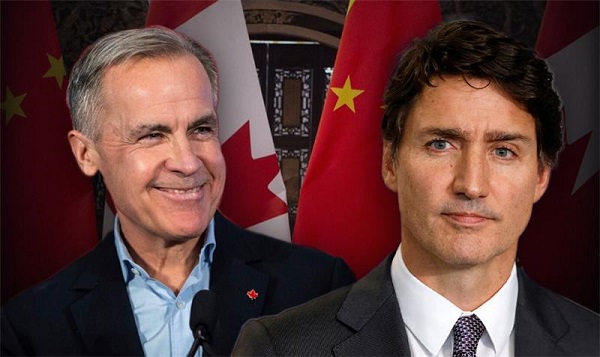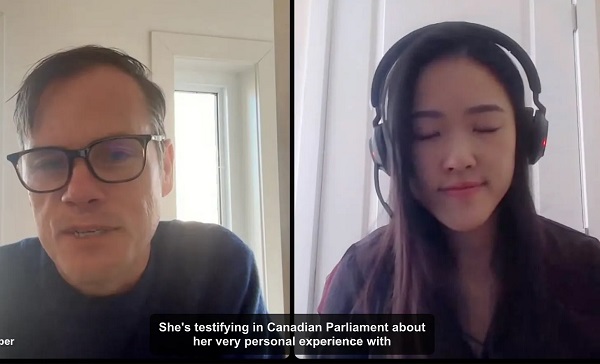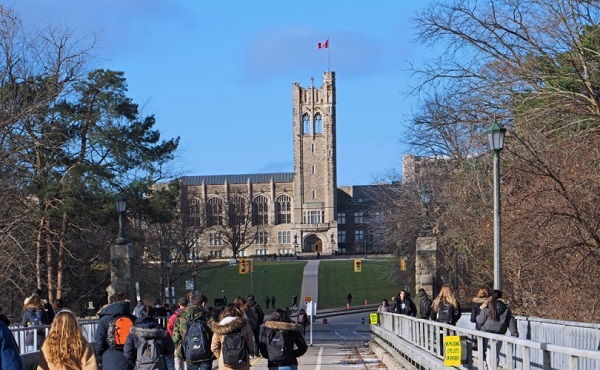Business
Possible Criminal Charges for US Institute for Peace Officials who barricade office in effort to thwart DOGE
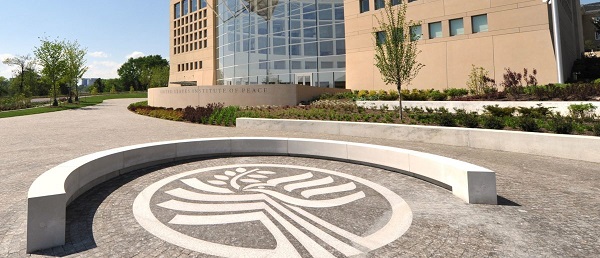

From the Daily Caller News Foundation
By
The Department of Justice is exploring potential criminal charges against former U.S. Institute of Peace (USIP) officials who attempted to block the Trump administration’s leadership changes at the federally funded think tank Monday, a senior DOJ official told the Daily Caller News Foundation.
The official, who requested anonymity, told the DCNF the DOJ is examining whether certain USIP actions — such as the removal and destruction of internal and external door locks — created illegal fire hazards. The official also flagged the widespread distribution of internal flyers instructing USIP staff not to cooperate with incoming Trump administration officials as potentially obstructive conduct. The DCNF was the first to report on USIP’s internal flyer campaign and destruction of door locks.
“Eleven board members were lawfully removed, and remaining board members appointed Kenneth Jackson acting president,” Anna Kelly, White House deputy press secretary, previously told the DCNF. “Rogue bureaucrats will not be allowed to hold agencies hostage. The Trump administration will enforce the President’s executive authority and ensure his agencies remain accountable to the American people.”
The inquiry — which remains in its early stages, the official emphasized — follows a contentious standoff Monday after former USIP leadership tried to block the installation of Kenneth Jackson, who President Donald Trump appointed as the institute’s new president on March 14. The Trump administration determined the institute had failed to comply with a Feb. 19 executive order requiring federally funded organizations like USIP to scale operations down to their bare statutory minimums, triggering a leadership shakeup the institute attempted to resist.
USIP leadership began preparing for a confrontation weeks before the executive order was issued. A Feb. 6 internal document exclusively obtained by the DCNF outlined plans to deny building access to outside officials and reasserted the institute’s discretion over security systems and facilities. Flyers with the names and photos of Department of Government Efficiency (DOGE) officials were posted throughout the building, instructing staff to report their presence and avoid conversation.
After Jackson and other DOGE officials arrived on March 14 with law enforcement and a copy of Trump’s order, they were turned away by USIP’s legal counsel, sources previously told the DCNF. Over the following weekend, USIP leadership escalated its resistance — terminating its private security firm, disabling internet and phone systems and resorting to walkie-talkie communication inside the building.
DOGE officials returned Monday to find the building locked down and staff barricaded on the fifth floor. USIP officials called the Metropolitan Police Department (MPD), sources previously told the DCNF, who only later arrived at the request of the U.S. Attorney’s Office for D.C. after reports of obstruction by institute staff. MPD entered the fifth floor through emergency stairwells and removed former USIP President George Moose and other senior officials from the premises.
While a federal judge declined to issue a restraining order halting the leadership transition Wednesday, she sharply criticized DOGE’s cooperation with law enforcement, despite the circumstances surrounding USIP’s refusal to comply.
The DOJ official did not specify which individuals were under investigation or when a decision on charges might be made.
Alberta
Made in Alberta! Province makes it easier to support local products with Buy Local program

Show your Alberta side. Buy Local. |
When the going gets tough, Albertans stick together. That’s why Alberta’s government is launching a new campaign to benefit hard-working Albertans.
Global uncertainty is threatening the livelihoods of hard-working Alberta farmers, ranchers, processors and their families. The ‘Buy Local’ campaign, recently launched by Alberta’s government, encourages consumers to eat, drink and buy local to show our unified support for the province’s agriculture and food industry.
The government’s ‘Buy Local’ campaign encourages consumers to buy products from Alberta’s hard-working farmers, ranchers and food processors that produce safe, nutritious food for Albertans, Canadians and the world.
“It’s time to let these hard-working Albertans know we have their back. Now, more than ever, we need to shop local and buy made-in-Alberta products. The next time you are grocery shopping or go out for dinner or a drink with your friends or family, support local to demonstrate your Alberta pride. We are pleased tariffs don’t impact the ag industry right now and will keep advocating for our ag industry.”
Alberta’s government supports consumer choice. We are providing tools to help folks easily identify Alberta- and Canadian-made foods and products. Choosing local products keeps Albertans’ hard-earned dollars in our province. Whether it is farm-fresh vegetables, potatoes, honey, craft beer, frozen food or our world-renowned beef, Alberta has an abundance of fresh foods produced right on our doorstep.
Quick facts
- This summer, Albertans can support local at more than 150 farmers’ markets across the province and meet the folks who make, bake and grow our food.
- In March 2023, the Alberta government launched the ‘Made in Alberta’ voluntary food and beverage labelling program to support local agriculture and food sectors.
- Through direct connections with processors, the program has created the momentum to continue expanding consumer awareness about the ‘Made in Alberta’ label to help shoppers quickly identify foods and beverages produced in our province.
- Made in Alberta product catalogue website
Related information
2025 Federal Election
ASK YOURSELF! – Can Canada Endure, or Afford the Economic Stagnation of Carney’s Costly Climate Vision?

From Energy Now
By Tammy Nemeth and Ron Wallace
Carney’s Costly Climate Vision Risks Another “Lost Liberal Decade”
A carbon border tax isn’t the simple offset it’s made out to be—it’s a complex regulatory quagmire poised to reshape Canada’s economy and trade. In its final days, the Trudeau government made commitments to mandate climate disclosures, preserve carbon taxes (both consumer and industrial) and advance a Carbon Border Adjustment Mechanism (CBAM). Newly minted Prime Minister Mark Carney, the godfather of climate finance, has embraced and pledged to accelerate these commitments, particularly the CBAM. Marketed as a strategic shift to bolster trade with the European Union (EU) and reduce reliance on the U.S., a CBAM appears straightforward: pay a domestic carbon price, or face an EU import fee. But the reality is far more extensive and invasive. Beyond the carbon tariffs, it demands rigorous emissions accounting, third-party verification and a crushing compliance burden.
Although it has been little debated, Carney’s proposed climate plan would transform and further undermine Canadian businesses and the economy. Contrary to Carney’s remarks in mid-March, the only jurisdiction that has implemented a CBAM is the EU, with implementation not set until 2026. Meanwhile, the UK plans to implement a CBAM for 1 January 2027. In spite of Carney’s assertion that such a mechanism will be needed for trade with emerging Asian markets, the only Asian country that has released a possible plan for a CBAM is Taiwan. Thus, a Canadian CBAM would only align Canada with the EU and possibly the UK – assuming that those policies are implemented in face of the Trump Administrations’ turbulent tariff policies.
With the first phase of the EU’s CBAM, exporters of cement, iron and steel, aluminum, fertiliser, electricity and hydrogen must have paid a domestic carbon tax or the EU will charge more for those imports. But it’s much more than that. Even if exporting companies have a domestic carbon tax, they will still have to monitor, account for, and verify their CO2 emissions to certify the price they have paid domestically in order to trade with the EU. The purported goal is to reduce so-called “carbon leakage” which makes imports from emission-intensive sectors more costly in favour of products with fewer emissions. Hence, the EU’s CBAM is effectively a CO2 emissions importation tariff equivalent to what would be paid by companies if the products were produced under the EU’s carbon pricing rules under their Emissions Trading System (ETS).
While that may sound simple enough, in practice the EU’s CBAM represents a significant expansion of government involvement with a new layer of bureaucracy. The EU system will require corporate emissions accounting of the direct and indirect emissions of production processes to calculate the embedded emissions. This type of emissions accounting is a central component of climate disclosures like those released by the Canadian Sustainability Standards Board.
Hence, the CBAM isn’t just a tariff: It’s a system for continuous emissions monitoring and verification. Unlike traditional tariffs tied to product value, the CBAM requires companies exporting to the EU to track embedded emissions and submit verified data to secure an EU-accredited verification. Piling complexity atop cost, importers must then file a CBAM declaration, reviewed and certified by an EU regulatory body, before obtaining an import certificate.
This system offers little discernible benefit for the environment. The CBAM ignores broader environmental regulatory efforts, fixating solely on taxation of embedded emissions. For Canadian exporters, Carney’s plan would impose an expensive, intricate web of compliance monitoring, verification and fees accompanied by uncertain administrative penalties.
Hence, any serious pivot to the EU to offset trade restrictions in the U.S. will require a transformation of Canada’s economy, one with a questionable return on investment. Carney’s plan to diversify and accelerate trade with the EU, whose economies are increasingly shackled with burdensome climate-related policies, ignores the potential of successful trade negotiations with the U.S., India or emerging Asian countries. The U.S., our largest and most significant trading partner, has abandoned the Paris Climate Agreement, ceased defence of its climate-disclosure rule and will undoubtedly be seeking fewer, not more, climate-related tariffs. Meanwhile, despite rulings from the Supreme Court of Canada, Carney has doubled down on his support for the Trudeau governments’ Impact Assessment Act (Bill C-69) and confirmed intentions to proceed with an emissions cap on oil and gas production. Carney’s continuance of the Trudeau governments’ regulatory agenda combined with new, proposed trade policies will take Canada in directions not conducive to future economic growth or to furthering trade agreements with the U.S.
Canadians need to carefully consider whether or not Canada can endure, or afford, Carney’s costly climate vision that risks another “lost Liberal decade” of economic stagnation?
Tammy Nemeth is a U.K.-based strategic energy analyst.
Ron Wallace is an executive fellow of the Canadian Global Affairs Institute and the Canada West Foundation.
-
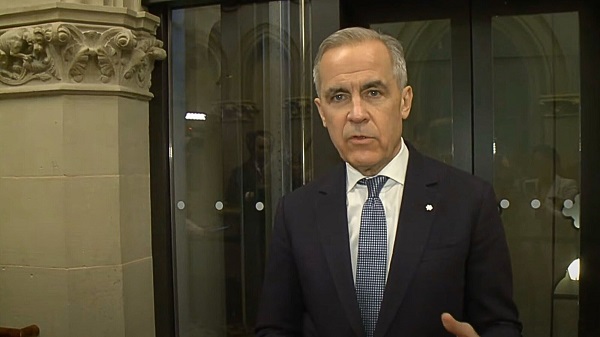
 2025 Federal Election1 day ago
2025 Federal Election1 day agoMark Carney Vows Internet Speech Crackdown if Elected
-
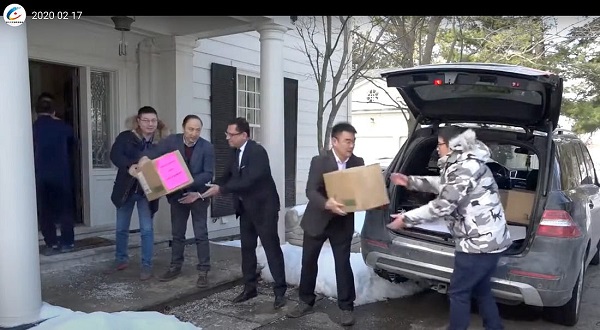
 2025 Federal Election21 hours ago
2025 Federal Election21 hours agoPPE Videos, CCP Letters Reveal Pandemic Coordination with Liberal Riding Boss and Former JCCC Leader—While Carney Denies Significant Meeting In Campaign
-
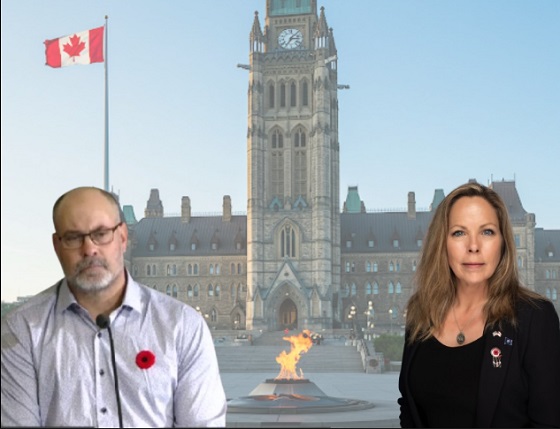
 Freedom Convoy2 days ago
Freedom Convoy2 days agoA Miscarriage of Justice
-

 2025 Federal Election11 hours ago
2025 Federal Election11 hours agoASK YOURSELF! – Can Canada Endure, or Afford the Economic Stagnation of Carney’s Costly Climate Vision?
-
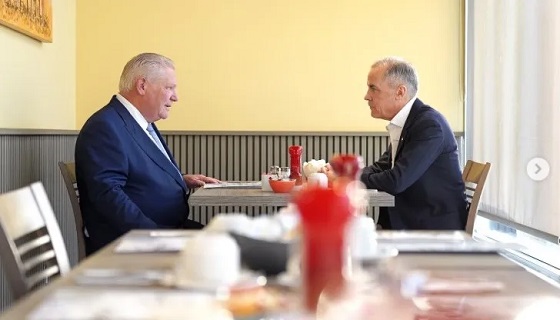
 2025 Federal Election1 day ago
2025 Federal Election1 day agoTrudeau and Carney Have Blown $43B on EVs
-
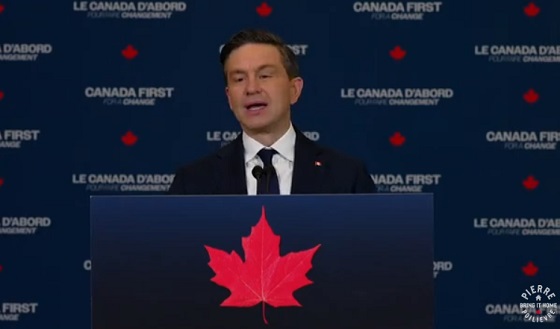
 2025 Federal Election1 day ago
2025 Federal Election1 day agoPoilievre will make it harder for politicians to boost their portfolios, close Carney loopholes
-
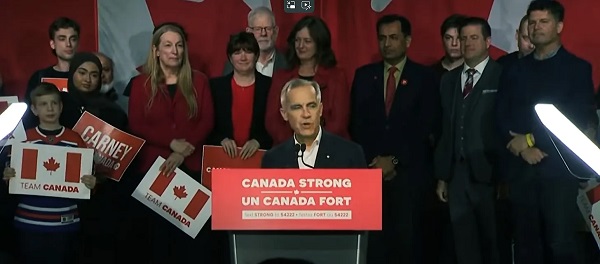
 2025 Federal Election2 days ago
2025 Federal Election2 days agoMark Carney To Ban Free Speech if Elected
-
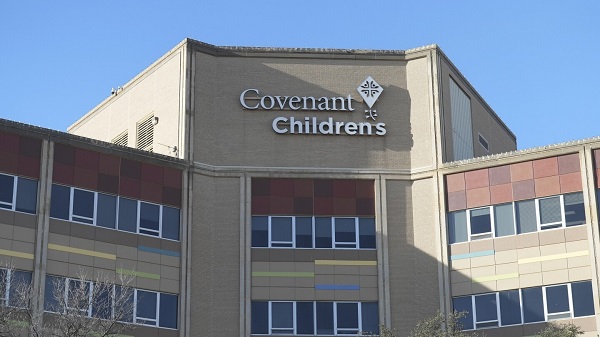
 Health1 day ago
Health1 day agoExpert Medical Record Reviews Of The Two Girls In Texas Who Purportedly Died of Measles




